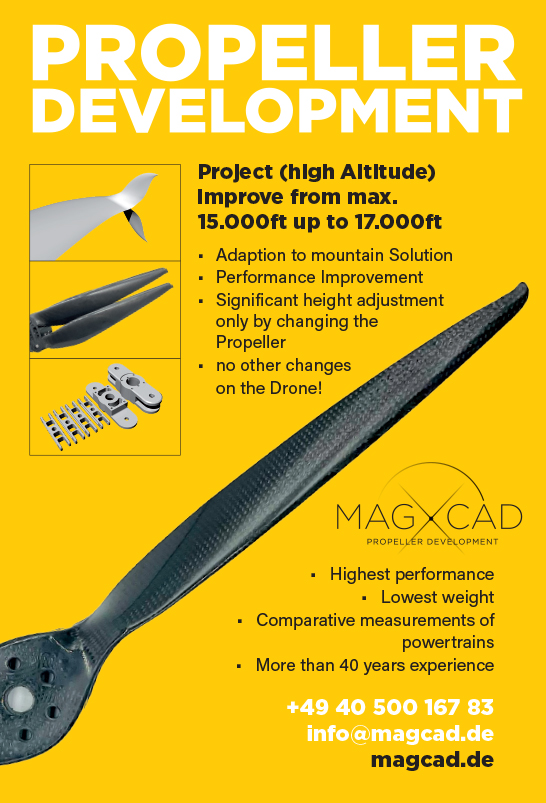Removing risk from AV manoeuvres
The British Standards Institution (BSI) has published a standard to minimise the risk of manoeuvres for autonomous driving, writes Nick Flaherty.
BSI Flex 188 gives guidance for selecting the minimal risk manoeuvres (MRMs) and minimal risk conditions (MRCs) that highly automated vehicles (AVs) require when an automated driving system (ADS) is degraded or fails.
It provides a framework for consideration of the risks involved in AV manoeuvres, and those related to conditions at the location where the vehicle stops to minimise the overall risk and achieve the safest possible outcome. A popular example is failure of the core system on a motorway, whether the vehicle pulls over to the side to stop or continues at a slower speed.
The nature of the event triggering the MRM is key to selecting the combined MRM and MRC with the lowest overall risk.

The BSI standard covers the functionality or manoeuvres beyond the normal expected behaviour of an ADS, and introduces the concept of a minimal risk event (MRX), which combines MRM, MRC and MRX triggers.
It also categorises manoeuvres and conditions according to the risks involved, and combines them to select the lowest overall risk using MRX trigger information.
This applies to driverless vehicles used in developmental testing, advanced trials and deployment. It covers prototype vehicles, and passenger and freight-carrying services on public roads.
The standard does not cover functionality or manoeuvres associated with the normal expected behaviour of an ADS, changes of destination or route requested by passengers, or an external agent such as the police, or manoeuvres that do not result in the AV stopping at a minimal risk condition.
UPCOMING EVENTS























